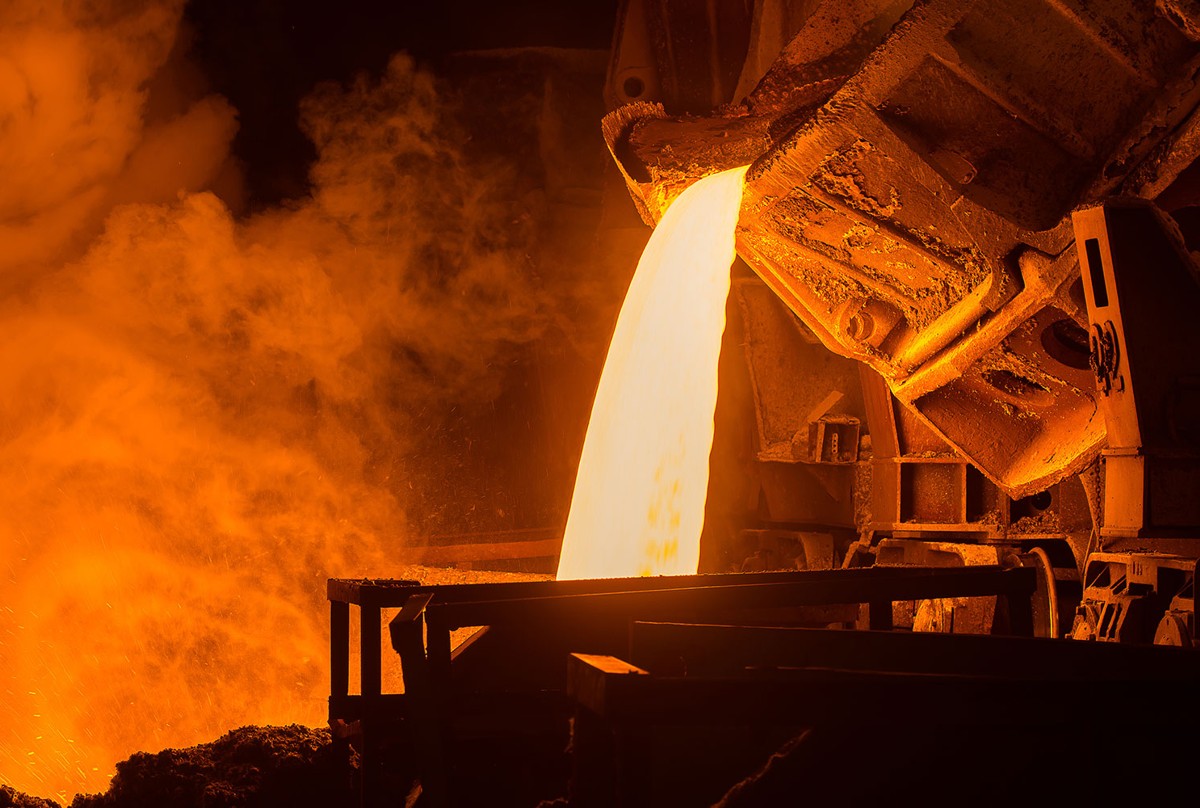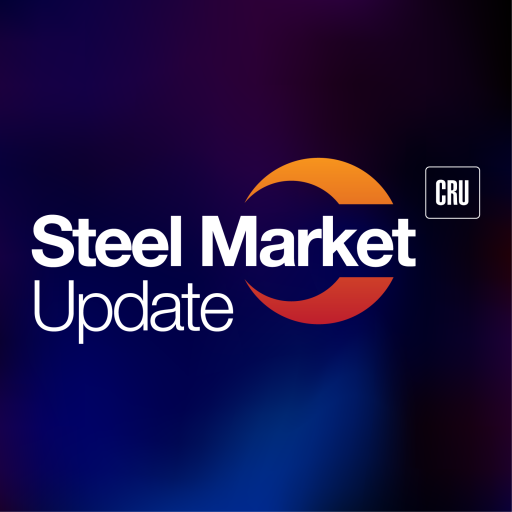Analysis

December 19, 2021
Final Thoughts
Written by Tim Triplett
Just as steel mill lead times are leading indicators of steel prices, steel industry lead times may prove to be leading indicators of price trends for other commodities.
As my colleague Michael Cowden reported Wednesday during SMU’s Community Chat with Tom Derry of the Institute for Supply Management, mill lead times on spot orders of hot rolled coil have shortened to around five weeks on average – a dramatic change from the 10-week lead times earlier in the year. Accordingly, HRC prices are now around $1,670 per ton ($83.50 per cwt), down about 15% from their peak in early September.
![]() Derry, ISM’s CEO, brought a much broader view to the discussion of the relationship between lead times and prices – and what that means for inflation next year. Whether the product is steel or any other commodity, the correlation is the same: shorter lead times mean lower prices and longer lead times higher prices. In other words, the longer the lead time the busier the producer and the less likely the company is to discount prices. The lag time between when an order is placed and when the order has been processed and readied for delivery is a universal measure of demand for any product.
Derry, ISM’s CEO, brought a much broader view to the discussion of the relationship between lead times and prices – and what that means for inflation next year. Whether the product is steel or any other commodity, the correlation is the same: shorter lead times mean lower prices and longer lead times higher prices. In other words, the longer the lead time the busier the producer and the less likely the company is to discount prices. The lag time between when an order is placed and when the order has been processed and readied for delivery is a universal measure of demand for any product.
ISM’s recent surveys of its members – purchasing managers and other supply-chain professionals – show that lead times across nearly all product categories remain at historic highs, which is a drag on trade and economic growth. Steel appears to be one notable exception (though steel lead times are still above historical averages).
Why have lead times remained so stubbornly high on most goods? Three reasons: the pandemic, freight and inflation, Derry said. Manufacturers, such as automakers, face continued disruptions due to COVID-related shortfalls of labor and components. Freight rates are sky-high due to the pandemic, insufficient trucking capacity, port congestion, a container shortage and various other supply-chain issues. Inflation across raw material product categories shows prices at their highest levels in 15 years, which is eating into manufacturers’ margins and forcing them to raise the prices of their finished goods to consumers.
In addition, ISM’s data, like Steel Market Update’s, shows high levels of inventory in the market, which is another negative sign for future demand. About 80% of the purchasing executives surveyed by ISM say their firms are holding more inventory than usual – some unintentionally as work in process languishes on the shop floor awaiting delayed components.
Prices for other goods will eventually follow steel’s lead and begin to normalize – but perhaps not anytime soon. “The list of products in short supply and up in price is basically everything we need to make stuff in this economy,” Derry said. “I would suggest that inflation is not transitory. While there are forecasts that expect it to improve, we are probably going to see high levels of inflation for all of 2022,” he predicted.
Click here for more coverage of Tom Derry’s Community Chat.
Upcoming SMU Events
The next Steel 101: Introduction to Steel Making & Market Fundamental Workshops, scheduled about three weeks from now on Jan. 11-12, is nearly sold out. But there’s still time to register for this popular virtual event. You can find the necessary information by clicking here.
As always, we appreciate your business.
Tim Triplett, SMU Executive Editor, Tim@SteelMarketUpdate.com







